We all know teleconferencing is a great business tool. But for some people, making the most of it can mean investing in a bit of hardware – specifically, a conference call phone. And given the fact that there are so many uses for conference calls outside of business and telecommunications, not everybody in the market for a conference call phone is an expert in these matters. After all, teachers and tutors, musicians, even medical staff and non-profit staff, might not keep up with the latest trends in telecommunication technology. That’s why we’ve put together a little guide on how to choose the right conference call phone for you.
Space and range
One important consideration is the size of the space you’re teleconferencing in. A key benefit of using a conference call phone is its ability to project sound further. So if your meeting is in an auditorium or a spacious meeting room, a conference call phone might be really useful. When you’re trying to pick one out, you can whittle down your choices by focusing on options which have the biggest range.
The Avaya B100 series, for example, can project voices up to 20 feet, so all your participants should be heard loud and clear! It also has the capacity to bridge up to 5 people or locations, and built-in recording – and we know call recording is incredibly useful.
Connectivity
A lot of people use their conference call phone in conjunction with a teleconferencing service like WHYPAY?. This is a great idea, because it means that people calling in don’t need any special technology. And making sure you don’t create extra expenses and hassle for your employees is just one more way to ensure you’re a good employer to your remote staff!
So you should look at options like the Grandstream GAC2500, which has WiFi support and built-in Bluetooth. Another option is the Konftel Ego, which has Bluetooth and is near-field communication enabled. With a conference call phone like these, you can dial into your audio meeting room from your mobile. Simply connect your mobile to the conference call phone. That way, everybody in the meeting room can hear all the participants. You’ll still get all the benefits and convenience of a conference bridge. With WHYPAY?, that means that any of your participants could dial into the conference call from a mobile, or from a landline. Best of all, the conference call will be free for you and for everyone taking part! Plus, they’ll be able to join the call from anywhere they like, whether they work from home, tour cafes, or explore other free meeting locations.
The conference call phone for the frequent traveler
That’s not to say that using a conference call phone means you’re automatically tied to your desk! If you’re a travelling professional, you probably teleconference a lot. But that doesn’t have to stop you from using a conference phone. You might travel from meeting to meeting, and need to project participants’ voices during audio meetings in each location. If that sounds like your situation, then think about finding a conference call phone which is easily portable.
If that sounds like you, you might look at something like the Jabra Speak 410. It’s compact and lightweight, and has a handy travel case, making it the perfect companion for jet setting conference callers! It also allows you to connect to other devices via USB and plug in your headset for privacy. Plus, it works with several unified communications systems and VoIP providers. Another good choice is the Calisto 600 Series. It’s just 3.2 x 11 x 11 cm and 472g, so it won’t weigh down your luggage. It’s also Bluetooth enabled, and allows you to talk for up seven hours.
The multifunctional conference call phone
If you want to kill two birds with one stone, you could look for a phone which doubles as a speaker. The Sennheiser SP 10 was designed for users of Skype for business, but it also works well as a mobile speaker to play videos or music. It provides great sound quality thanks to its echo cancellation. And it’s really useful as a conference call telephone, because you can use it with all major communication brands. Think Aastra, Alcatel-Lucent, Avaya, Cisco, IBM and Polycom. And it’s optimised for use with Microsoft Lync. The retractable USB means you can also use it with your PC or Mac.
The conference call phone for a crowd
During calls with lots of participants, it’s important to be sure you’re clued up on how to host a conference call. These kinds of situations can easily descend into chaos. For many, they can feel frustrating, time-consuming, and unproductive.
One thing that’s certain to prove disruptive and annoying is being unable to hear people. But in a big group, with people spread out in a spacious room, that can often be the case. It can be difficult for everybody to speak loudly enough for a conference call phone in the middle of the room to pick it up properly.
These kinds of meetings can benefit from a conference call phone with an especially powerful microphone. You might choose something like the Konftel 220, which has 360 degree microphone pickup. That should mean even people in the furthest corner can contribute their ideas. It also allows you to add up to twelve participants, so for large teams it’s a great option!
A note on DTMF
DTMF stands for Dual Tone Multi Frequency. It’s a bit of a mouthful, but essentially it’s the technology used to transmit information when you press a number on your keypad during a phone call. This is particularly important for conference phones, as many conference call services will require access codes or room numbers to be entered via the phone’s keypad. Ask your conference phone provider about DTMF to check it’s supported and handled correctly. One way to test DTMF is to dial into a conference call service such as WHYPAY? or use a telephone IVR menu, such as those used by online banking services.
Do you really need a conference call phone?
This might sound like a strange way to wrap up an article on choosing a conference call phone. But the fact is, the right choice for you might be not getting one at all! If you’re not holding audio meetings with lots of people at one location, and others dialing in from afar, you might find that standard phones are enough. If there will only be a few of you around the table, your normal desk phone set to speakerphone might be powerful enough for everyone to hear. And that would save you the extra expense of buying a special phone for conferencing!
Whether you do use a conference call phone or not, though, conference calls could save you a lot of money. Particularly with a provider like WHYPAY? – our conference calls are totally free. Plus, they work really well with conference call phones. By conference calling with WHYPAY?, whether via a conference call phone or not, you’ll guarantee that all of your remote participants can dial in from any kind of phone, without getting a hefty bill at the end of the meeting.
So schedule your genuinely free conference call today, and see just how much teleconferencing can benefit you!
Create a FREE Teleconference




Join the conversation
You must be logged in to post a comment.